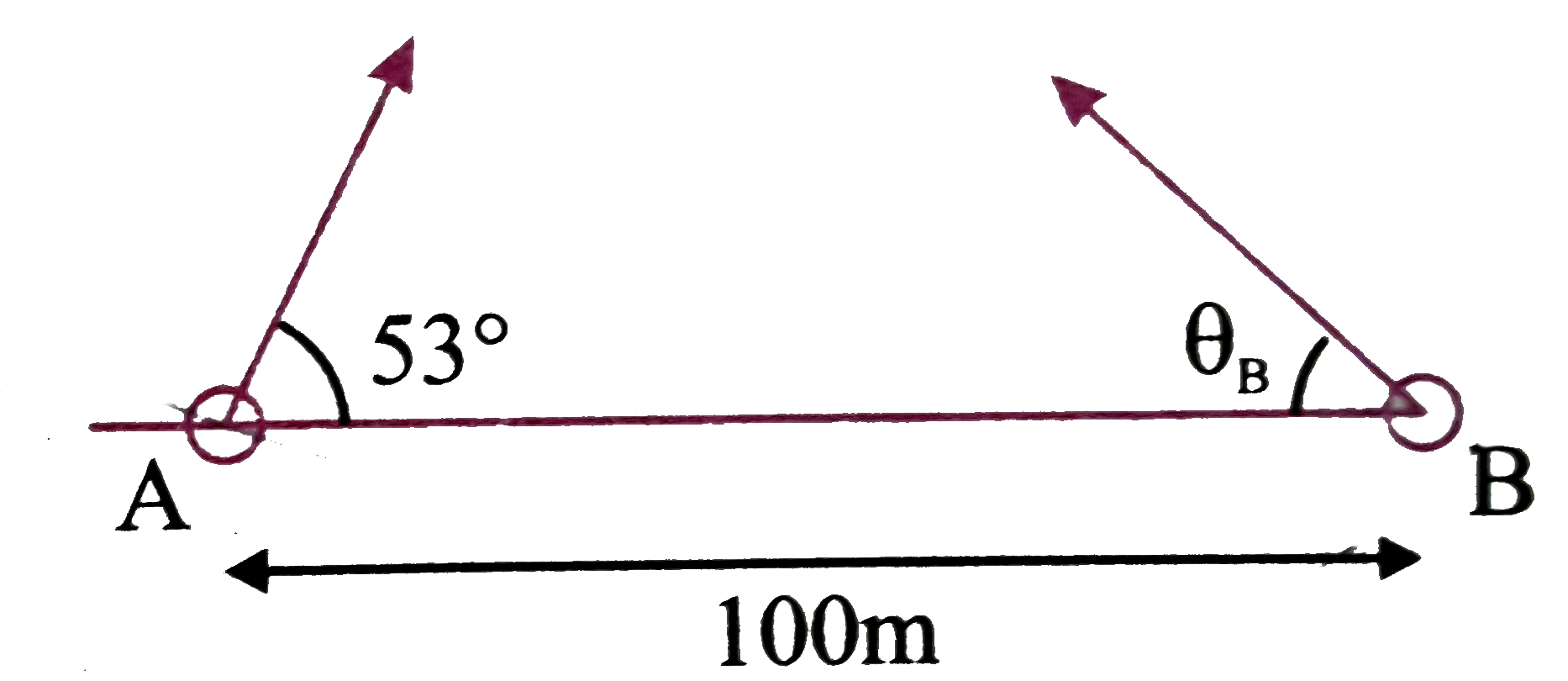Angle an angle is a figure formed by two rays with the same initial point.
Step-by-Step Solution:
1. Understanding the Definition of an Angle:
- An angle is a geometric figure formed by two rays that share a common starting point, known as the vertex of the angle.
2. Identifying the Components of an Angle:
- The two rays are called the sides of the angle. The point where the two rays meet is called the vertex.
3. Visualizing the Angle:
- Imagine two straight lines (rays) extending from a single point. For example, if you have a ray extending to the right and another ray extending upwards, they form an angle at the point where they meet.
4. Drawing the Angle:
- To draw an angle, start by marking a point (the vertex). From this point, draw one ray in one direction and another ray in a different direction. Ensure that both rays originate from the same point.
5. Naming the Angle:
- Angles can be named based on their vertex and the points on the rays. For example, if the vertex is point A and the rays extend to points B and C, the angle can be referred to as ∠ABC or ∠CBA.
- An angle is a geometric figure formed by two rays that share a common starting point, known as the vertex of the angle.
- The two rays are called the sides of the angle. The point where the two rays meet is called the vertex.
- Imagine two straight lines (rays) extending from a single point. For example, if you have a ray extending to the right and another ray extending upwards, they form an angle at the point where they meet.
- To draw an angle, start by marking a point (the vertex). From this point, draw one ray in one direction and another ray in a different direction. Ensure that both rays originate from the same point.
- Angles can be named based on their vertex and the points on the rays. For example, if the vertex is point A and the rays extend to points B and C, the angle can be referred to as ∠ABC or ∠CBA.
Similar Questions
Write which of the following statement are true and which are false
(i) A simple closed figure made up of three or more line segments is called a polygon
(ii) Part of a line with two end points is called a line segment
(iii) In geometry we take a point a line and plane as undefined terms
(iv) Euclid fourth axiom says that everything equals itself
(v) The Euclidean geometry is valid only for figure in the plane
(vi) A figure formed by two rays with a common initial point is called an angle
View SolutionThe figure formed by two rays with the same initial point is know as a ray (b) a line (c) an angle (d) a line segment
View Solution
Knowledge Check
The figure formed by two rays with the same initial point is called.
Aa rayBa lineCan angleDnone of thesetwo particles are projected upwards with the same initial velocity v0 in two different angles of projection such that their horizontal ranges are the same. The ratio of the heights of their horizontal ranges are the same. The ratio of the heights of their highest point will be
Atan2θ1Bv20sin2θ1Cv0sinθ1Dv0/cosθ1A ray of light falls on a glass slab making an angle of 45∘ with normal. The emergent ray makes the same angle with normal. It shows that
Athere is no refraction taking placeBincident ray is perpendicular to emergent rayCemergent ray is parallel to the incident rayDthe given case is not possible.
ANGLES AT A POINT Angles formed by a number of rays having a common initial point are called angles at a point.
View SolutionComplete angle
View SolutionTwo identical balls are projected, one vertically up and the other at an angle of 30∘ to the horizontal, with same initial speed. The potential energy at the highest point is in the ratio:
View SolutionA mirror is inclined at an angle of θ with the horizontal. If a ray light is incident at an angle θ as shown , then the angle made by reflected ray with the horizontal is
_E01_002_Q01.png)
View SolutionTwo particles A and B are projected in same vertical plane as shown in figure.Their initial positions (t=0), initial spped and angle of projections are indicated in the diagram.If initial angle of projection θB=37∘, what should be initial speed of projection of particle B, so that it hits particle A.UA=60m/s

View Solution
